TikTokerKenneth Munozrecently posted a video documenting a new digital pricing model that his local grocery store has implemented, and many viewers became concerned about how dystopian the entire concept is. Below, you’ll find Kenneth’s video, as well as a conversation withMichael Ashton, aka “Inflation Guy.”
RELATED:
This man noticed a new digital pricing system at his local grocery store

Image credits:twoideas
So he decided to document how prices can be changed throughout the day depending on demand
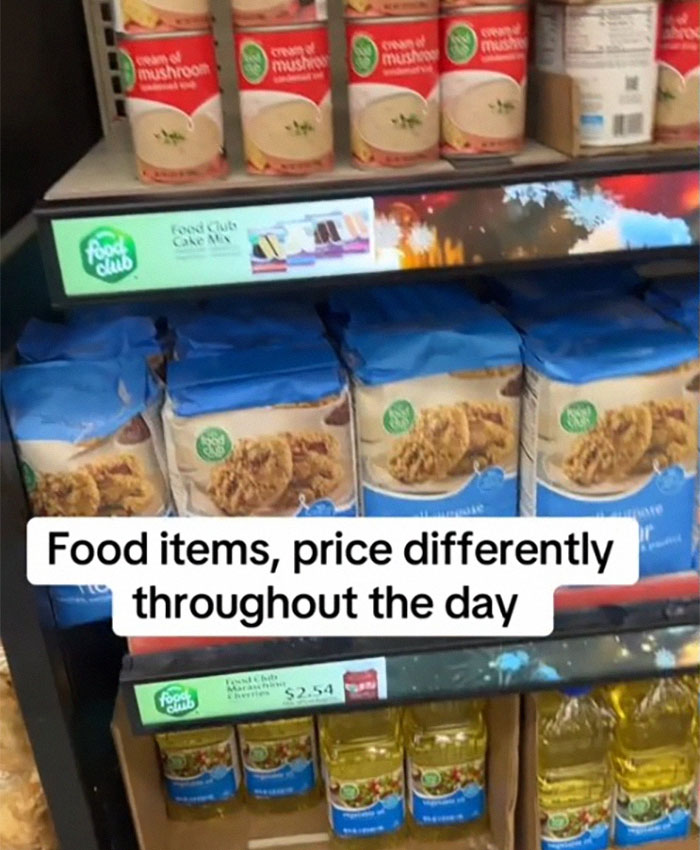
Let’s say around 6:00, or during the busier time, these will go up to a dollar. They’ll fluctuate based off of demand. So these are connected to the WiFi and to the registers.

Once the inventory on these items becomes low, the prices will start to shoot up to $1.20. Um, they’re gonna start incorporating all these all over.
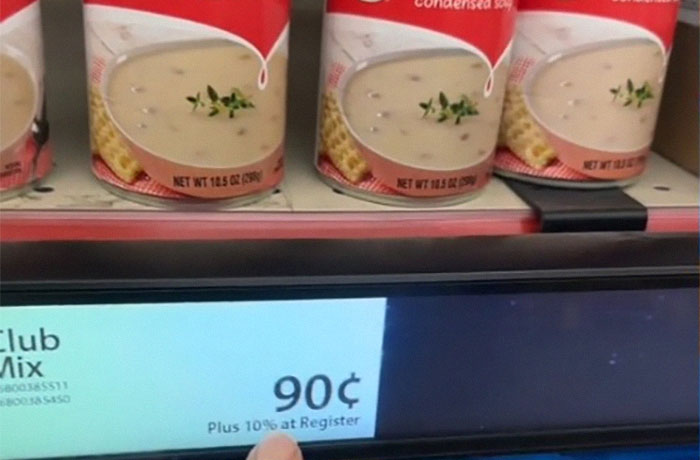
So it’s pretty crazy. I’ll come back later on in the day and you’ll see this go up and down in price.
You’ll see it go as low as, like, 89¢, which is pretty crazy.
You can see the full video that Kenneth shared right here

That 10% thing is crazy. You’re walking in there, you’re like, ‘dang, this is cheap, this is cheap, this is cheap.’ And then the little fine print, 10% at register. Check out 10% on top of that, on top of the taxes.

Yeah, it should be illegal. But then again, if you look at cars, at dealerships, if you look at gas, gas changes every day. Look at the rent…
“When inflation is low, companies absorb small changes in prices and only move when there is a big change or a sustained change”
Grocery shoppingis an activity that many of us dread. It often feels like the price offoodrises every single week, and if you only have the opportunity to shop during busy times, you have to be mentally prepared to fight off crowds before going. Weaving your cart through narrow aisles and standing in line for 15 minutes before getting to the checkout is not most people’s ideal way of spending a Sunday afternoon or Wednesday evening.
And one of the absolute worst parts of buying groceries is seeing the bill at the end. To learn more about inflation and how it impacts food prices, we got in touch withMichael Ashton, aka “Inflation Guy.” Michael is the founder ofEnduring Investments LLCand was kind enough to have a chat withBored Pandaabout this topic.
“Inflation is a decrease in the purchasing power of the dollar, so it affects EVERYTHING to a greater or lesser extent,” he explained.
“But what people don’t realize about groceries is that, except for raw produce, most of the cost of food is packaging, shipping, and advertising. So even if egg prices are low, if the cost of shipping eggs, or the cost of the cartons, goes up a lot, then so does the price,” Michael shared.
“The situation with eggs, though, is due to the avian flu, which has nothing to do with inflation, so maybe that’s a bad example!” he added.
Michael says that, when inflation is low, grocery prices change less frequently because it takes time to adjust prices, and it annoys the customers. “All businesses, in fact, operate this way.”
“When inflation is low, companies absorb small changes in prices and only move when there is a big change or a sustained change,” Michael told Bored Panda. “Economists say this is due to ‘menu costs’, because a restaurant, for example, doesn’t want to reprint menus all the time.”
“Prices that move make it harder mentally to the consumer but also raise the value of smart shopping”
“However, when inflation is higher, it happens more often and it can happen multiple times per day in very-high-inflation countries,” the expert says. “But here is where it gets interesting: During [the pandemic], you started to see restaurant menus with stickers over the prices, and THEN they started using iPads. Once they started using iPads, restaurants could change prices very easily, and they did.”
Michael says that, once we have digital pricing in grocery stores, prices will change much more frequently. But this isn’t necessarily a bad thing. “This is more burdensome for the consumer, but it is potentially a good thing because menu prices are sticky going up AND going down.”
“Prices that move make it harder mentally to the consumer but also raise the value of smart shopping,” he explained. “I think it’s probably a good thing overall because it’ll remove the ‘safety cushion’ that merchants had to put in there. But you’ll have to be on your toes.”
“Wouldn’t it be great if there was a currency that was always worth $1 in TODAY’S dollars?” Michael asks. “Whatever you could buy today with $1, you could buy next year with $1? Chile has had such a currency since the 1960s called the Unidad de Fomento. My partners and I are working and will soon launch a digital currency that does the same thing.”
Many people were not impressed with the new pricing system, and Kenneth joined in on the conversation

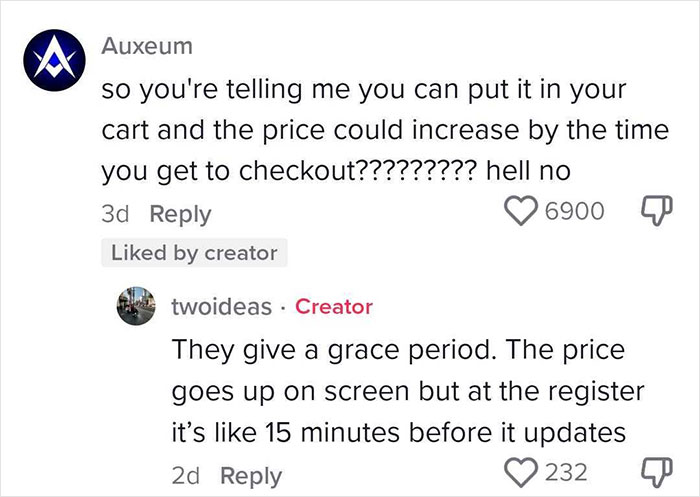

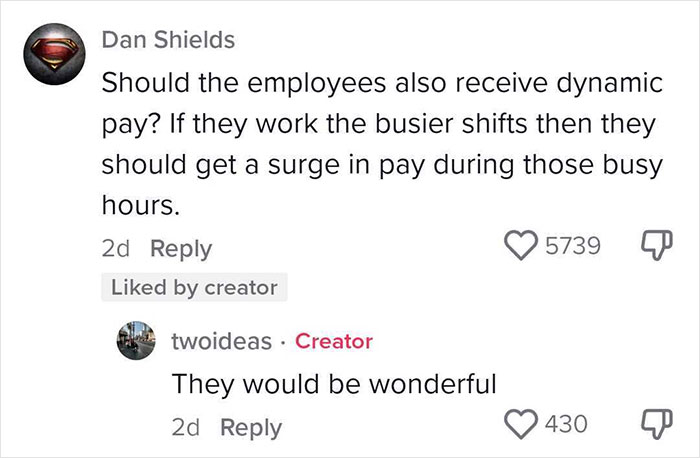
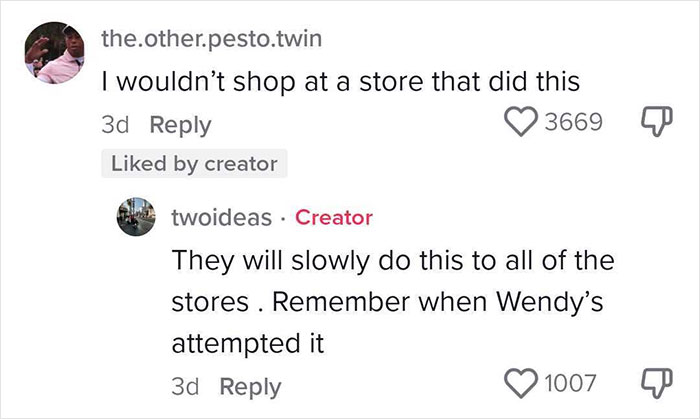
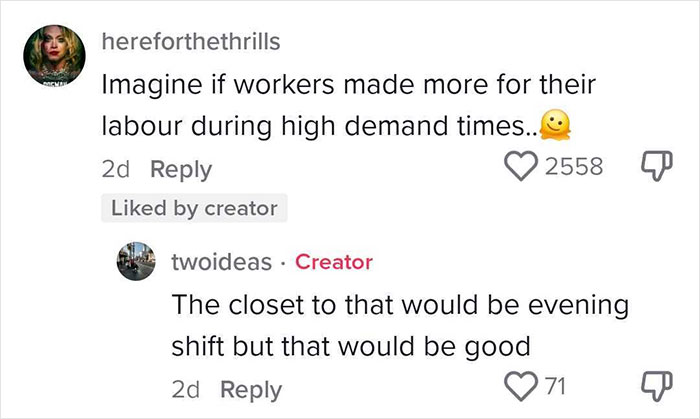
Viewers did not hold back when sharing their opinions, as many considered the new system to be dystopian










Thanks! Check out the results:You May Like“Is America Great Yet?” Guy Shares Insane Grocery Prices In The US, Sparks OutrageIeva Pečiulytė30 Nightmarish Financial Decisions That Left People Broke, Broken, And BewilderedGabija Palšytė30 Frugal Choices That Ended In Tears, Fires, And FiascosIlona Baliūnaitė
Ieva Pečiulytė
Gabija Palšytė
Ilona Baliūnaitė
Work & Money